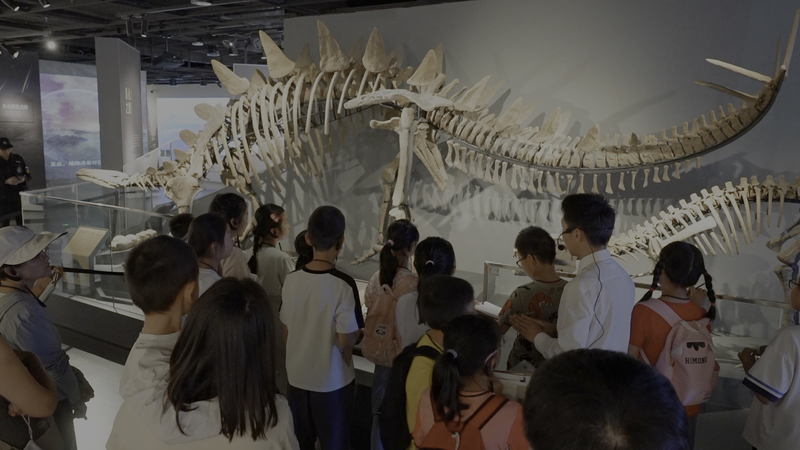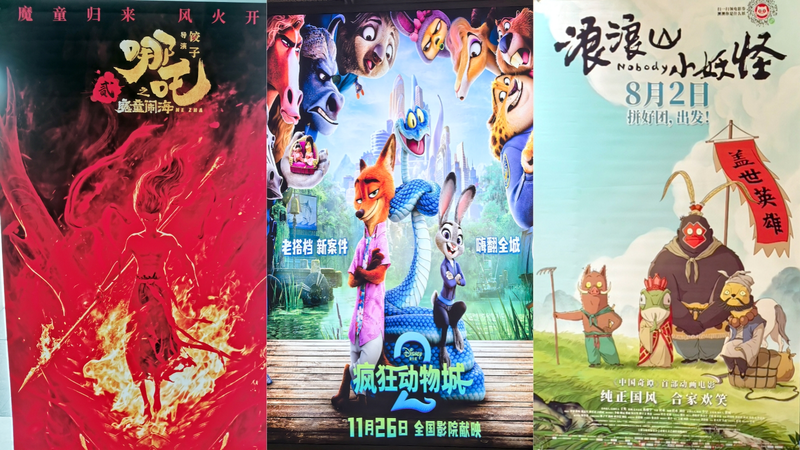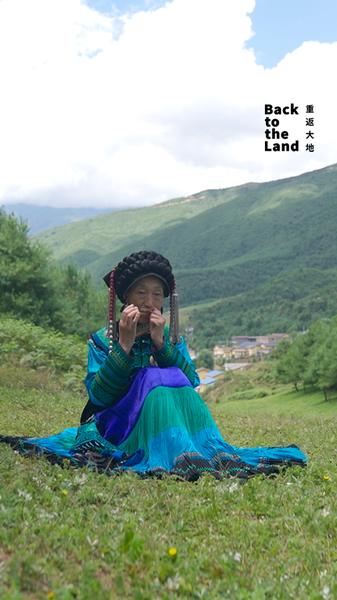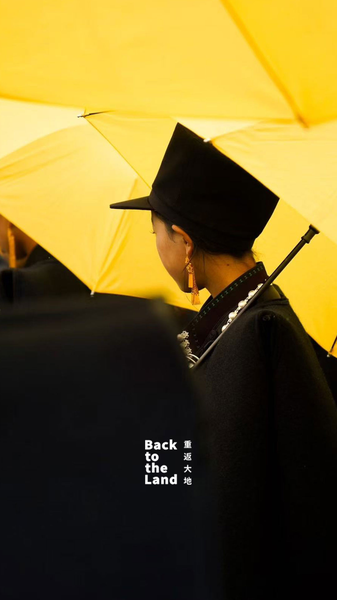Turning Museums into Living Classrooms
On International Museum Day, institutions across the Chinese mainland are reimagining galleries as dynamic learning hubs. From natural history displays to science exhibits, these spaces invite young visitors to engage directly with specimens, experiments, and interactive storytelling.
The Owl Pellet Lab at Sichuan University Museum
In Chengdu, the Sichuan University Museum hosts weekly workshops where students dissect owl pellets under the guidance of museum educators. By examining bones and fur, learners piece together food chains and local ecology, transforming a simple pellet into a gateway for scientific inquiry.
Engaging a New Generation of Learners
Educators report that hands-on sessions boost curiosity and retention. Rather than passively viewing artifacts, young global citizens ask questions, form hypotheses, and collaborate on real-world challenges—skills that resonate with digital natives across G20 nations. Interactive setups range from sports-science biomechanics demos for fans to VR tours that appeal to digital nomads exploring new cultures.
Bridging Culture, Tech, and Sustainability
Beyond biology, museums integrate augmented reality, coding stations, and art labs to showcase climate action, heritage preservation, and innovation. This fusion of technology and tradition not only attracts entrepreneurs and tech enthusiasts, but also empowers thought leaders and changemakers to tackle global issues.
Looking Ahead
As these institutions evolve, they’re setting a global example: classrooms without walls where every exhibit sparks discovery. On this Museum Day, consider swapping screens for specimens and finding big ideas in unexpected places.
Reference(s):
From owl pellets to big ideas: Chinese museums as classrooms
cgtn.com




